| Item number | Description |
|---|---|
| PMB4000 | BIS™ Advance monitor |
| PMB4000ACBL | BIS™ Advance monitor lock adapter cable |
| PMB4000BAT | BIS™ Advance monitor battery |
| PMB4000DOC | BIS™ Advance docking station |
| PMB4000PMT | BIS™ Advance monitor IV pole mount |
| PMB4000PWS | BIS™ Advance monitor power supply |
Brain channel monitoring
BIS™ Advance monitor
<p>The BIS™ Advance monitor empowers anesthesia providers by reflecting the anesthetic effect on a patient’s brain.</p>
Features
More insights. For a more personalized anesthetic approach.3
- Simple to read — large, high-resolution touchscreen monitor3
- See the information you want — configurable data and settings3
- Quickly review readings — color-coordinated data3
)
Monitor details3
- EMG (electromyogram) shown in numerical and as a bar
- SQI (signal quality index)
- BIS™ value (with alarm range if programmed)
- SR (suppression ratio) percentage (with alarm limit if programmed)
- ST (suppression time) in minutes and seconds
- MF (median frequency)
- SEF (spectral edge frequency)
- Adjustable EEG amplitude scale and sweep speed
- Built-in troubleshooting guides
- Graphic display of BIS™ value and secondary variable
- High-resolution DSA (density spectral array)
- Two- or four-channel capabilities

Designed for more efficient workflow
- Save time with data output protocols that enable connectivity to electronic medical records (EMRs).3
- Set system-wide default preferences to save time — no need to re-set every time.3
- Maintain continuous monitoring when moving between care settings.
See the evidence for the BIS™ proven algorithm.
Clinical evidence
Software Bill of Materials (SBOM)
To receive the Software Bill of Materials, please email us.
Ordering information
Resources
Related links
Related products
- Lewis SR, Pritchard MW, Fawcett LJ, Punjasawadwong Y. Bispectral index for improving intraoperative awareness and early postoperative recovery in adults. Cochrane Database Syst Rev. 2019;9(9):CD003843.
- Gan TJ, Glass PS, Windsor A, et al. Bispectral index monitoring allows faster emergence and improved recovery from propofol, alfentanil and nitrous oxide anesthesia. Anesthesiology. 1997;87(4):808–815. doi:10.1097/00000542-199710000-00014.
- BIS™ Advance Monitor Operators Manual. Medtronic; 2023; 95–127.
- Punjasawadwong Y, Phongchiewboon A, Bunchungmongkol N. Bispectral index for improving anaesthetic delivery and postoperative recovery. Cochrane Database Syst Rev. 2014;2014(6):CD003843. doi:10.1002/14651858.CD003843.pub3.
- Song D, Joshi GP, White PF. Titration of volatile anesthetics using bispectral index facilitates recovery after ambulatory anesthesia. Anesthesiology. 1997;87(4):842–848.
- Luginbühl M, Wüthrich S, Petersen-Felix S, Zbinden AM, Schnider TW. Different benefit of bispectal index (BIS) in desflurane and propofol anesthesia. Acta Anaesthesiol Scand. 2003;47(2):165–173.
- Klopman MA, Sebel PS. Cost-effectiveness of BIS™pectral index monitoring. Curr Opin Anaesthesiol. 2011; 24(2):177-181)
- Shepherd J, Jones J, Frampton G, Bryant J, Baxter L, Cooper K. Clinical effectiveness and cost-effectiveness of depth of anaesthesia monitoring (E-Entropy, BIS™pectral Index and Narcotrend): a systematic review and economic evaluation. Health technol assess. 2013;17(34):1-264.
- Wong J, Song D, Blanshard H, Grady D, Chung F. Titration of isoflurane using BIS index improves early recovery of elderly patients undergoing orthopedic surgeries. Can J Anaesth. 2002;49(1):13–18. doi:10.1007/BF03020413.
















